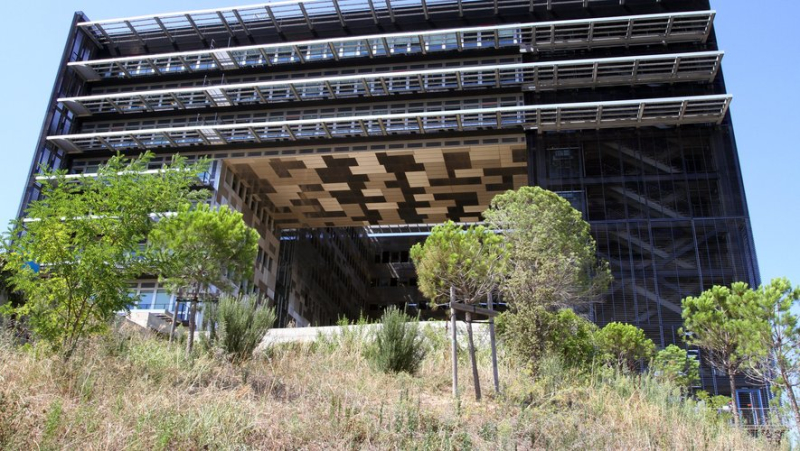In Nîmes and Montpellier, the highest property tax rates of the 10 largest French cities

À Montpellier, la taxe foncière devrait rapporter, en 2024, à la Ville de Montpellier plus de 242 millions d’euros. MAXPPP – Tim Somerset
For the main cities in the region, the property tax has not increased. Explanation in Montpellier and Nîmes.
This is the common point of all the large cities of Languedoc Roussillon: the municipal councils have chosen not to increase the rate of their property tax. In Montpellier, as in Nîmes, the increase is 0% in 2024. “The property tax has changed a lot in 2021, especially after the abolition of the housing tax and the transfer of the share from the departmental council to the municipality”, explains Michel Aslanian, deputy mayor of Montpellier, delegate for finance. "So, he adds, the figures are completely different".
The moderation has an explanation: the rates in these two municipalities are at high levels, which should not be made worse. "It is true that since 2001, we have had a historically high rate, acknowledges Pascal Gourdel, deputy for finance at the City of Nîmes. We were one of the cities where the rate was the highest, at around 31%". Since 2018, it has fallen, stabilizing at just over 28%.
Rates that have increased “mechanically”
“We have voted every year for a rate increase of 0%, specifies Michel Aslanian. It is true that it is quite high, around 52.63% for the City”. Three years ago, in 2021, when the departmental property tax was transferred, the rate increased mechanically. It went from 31.18% to 52.63%. The departmental share, which was then 21.45%, was added at the time of the abolition of the housing tax on primary residences.
If we take the ten largest municipalities in France, we note that Nîmes and Montpellier occupy the first two places for the level of their property tax rate: 53.20% for the first, 52.63% for the second. Nantes, which closes the podium, is at 46.34%. Lyon, tenth, is at 31.89%.
“Since 2018, we have lost revenue”
“Since 2018, we have lost revenue, justifies Pascal Gourdel. And in 2022-2023, we have taken the full brunt of the increases in charges, concerning electricity, inflation, materials, but also with the increase in civil servants' index points. A municipality does not manage all this, it suffers it”. He adds: “faced with this increase in charges, we wonder what to do, knowing that we cannot create debt”.
The verdict ? “We have no other choice but to try to control these expenses, while maintaining a significant level of investment, by freeing up capacity”. Michel Aslanian points out that Montpellier “is a dynamic city, there are businesses that are setting up, new residents who come to settle, who build” all this contributes to the increase in tax resources from the property tax”.
Increase in resources despite the housing crisis
This dynamic has not prevented it from seeing the product of taxation increase by 6% between 2022 and 2023, "despite the decline in settlements and the housing crisis" : half (3%) thanks to inflation, the other half thanks to the increase in the number of housing units. In 2024, the increase should be around 4%. This represents a total of more than 242 million euros in revenue collected by the property tax. “Today, the property tax is the main resource of cities”, notes Michel Aslanian.
I subscribe to read the rest




